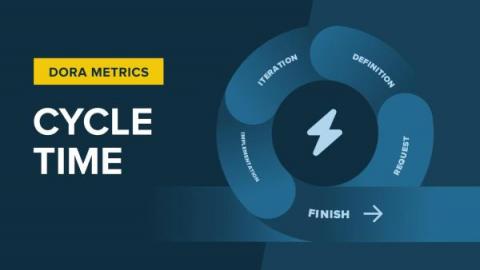Operations | Monitoring | ITSM | DevOps | Cloud
Sleuth
Improving Software Failure: Measure, Change, Learn
How do you treat software development failure? Do you take time to measure and learn from software failure? Or do you try to fix it quickly only after your customers complain about it? Failure can be an opportunity to learn and get better. So how can you measure and learn from software failure, and turn failure into at least a partially positive experience? Failure happens all the time, but if you're not measuring it, how do you know what you’re missing?
DORA metrics: Where are you on the journey? @Sleuth TV
The DORA metrics backstory
DORA metrics are becoming the industry standard for measuring engineering efficiency, but where did they come from? We talk a lot about DORA metrics here at Sleuth — what they are and how to measure them. But we haven’t shared much about the context of DORA metrics — their history and why we use them. So let’s do that. This article provides a summary.











